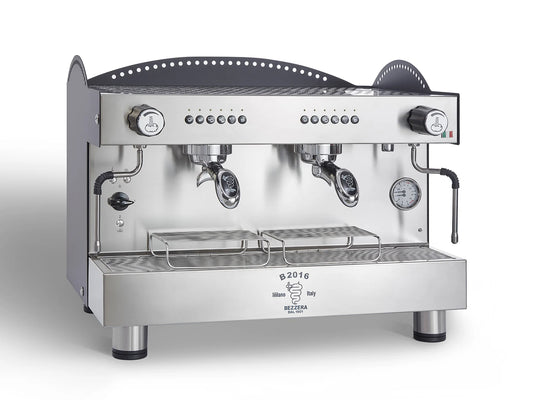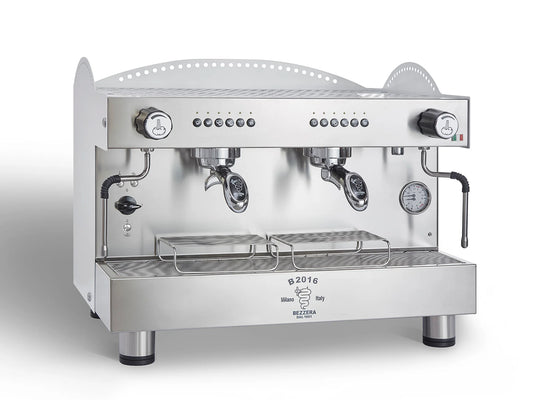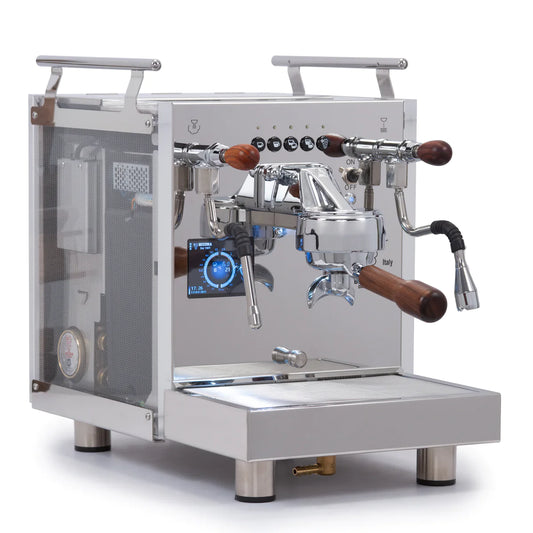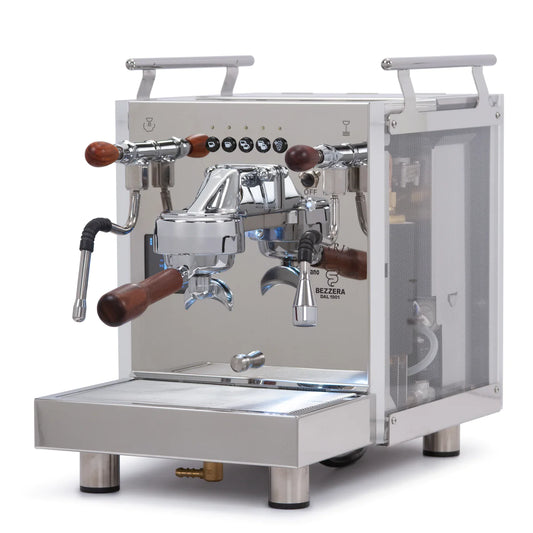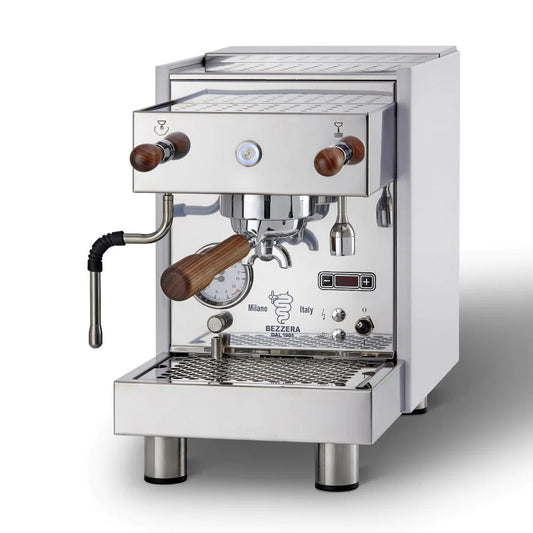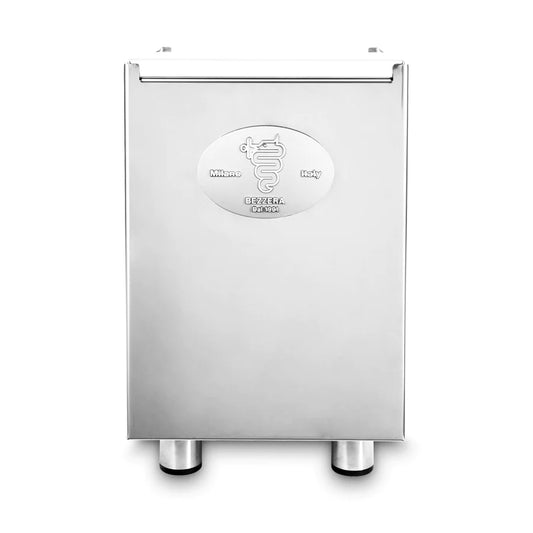Discovering the Richness of Vietnamese Coffee: From Bean to Brew
Table of Contents
- Key Highlights:
- Introduction
- A Brief History of Vietnamese Coffee
- The Rise of Vietnamese Robusta
- Changing Perceptions: The New Wave of Vietnamese Coffee Producers
- The Global Appreciation for Vietnamese Coffee
- How to Select Vietnamese Coffee
- How to Brew Vietnamese Coffee
- The Future of Vietnamese Coffee
- FAQ
Key Highlights:
- Vietnamese coffee, primarily made from Robusta beans, offers a unique and bold flavor profile that has gained global recognition.
- The traditional brewing method using a phin filter enhances the coffee's rich aroma and taste, creating an authentic experience.
- A new wave of Vietnamese coffee producers is reshaping perceptions of Robusta, highlighting its potential for high-quality brews.
Introduction
The intoxicating aroma of freshly brewed coffee wafts through the air, evoking memories of bustling mornings in Vietnam. For many, the experience of Vietnamese coffee is inseparable from its cultural roots, steeped in history and tradition. While Vietnam may not always receive the recognition it deserves as the world’s second-largest coffee producer, it has a unique story to tell—one that revolves around the robust and earthy flavors of Robusta beans. This article delves into the fascinating journey of Vietnamese coffee, exploring its history, brewing methods, and the growing appreciation for its distinctive taste among coffee enthusiasts around the globe.
A Brief History of Vietnamese Coffee
The introduction of coffee to Vietnam can be traced back to the mid-19th century when French colonizers began cultivating coffee plants in the region. By 1857, as part of their colonial strategy, the French government incentivized the planting of coffee alongside other cash crops. This initiative, however, was not without consequences; it led to the exploitation of both land and labor, fueling resentment and resistance among the Vietnamese population.
Historian Vu Hong Lien in her book Rice and Baguette highlights the complex relationship between the French colonists and Vietnamese farmers, illustrating how the coffee plantations became a symbol of colonial oppression. Despite these challenges, coffee cultivation flourished, particularly in the Central Highlands, where the climate proved ideal for Robusta beans. Today, Vietnam is responsible for over 90% of the world’s Robusta production, yet it remains overshadowed by the more widely favored Arabica beans.
The Rise of Vietnamese Robusta
Robusta beans have long been associated with lower quality coffee, primarily because they are often used in commodity-grade blends. However, this perception is gradually changing. A new generation of Vietnamese coffee producers is committed to elevating the status of Robusta through innovative farming practices and quality control measures. By focusing on proper harvesting techniques, they are able to produce beans that reflect the rich terroir of the region.
During a recent visit to coffee plantations in Lâm Đồng province, it became evident that the meticulous process of harvesting coffee cherries is crucial for quality. The cherries, which can take up to nine months to ripen, must be picked at peak maturity. This labor-intensive task often results in a mix of ripe and unripe cherries, affecting the overall quality of the coffee produced. To combat this, some farmers are turning to hand-picking methods, ensuring only the best cherries are selected for processing.
Changing Perceptions: The New Wave of Vietnamese Coffee Producers
The emergence of brands like Trung Nguyen Coffee and Nguyen Coffee Supply has played a pivotal role in transforming the landscape of Vietnamese coffee. Trung Nguyen, one of the largest coffee producers in Vietnam, offers a range of blends that showcase the potential of Robusta beans. Their Premium Blend, a combination of roasted Arabica and Robusta, is particularly popular for its rich chocolate notes. Another standout offering is the Creative 1, which emphasizes Culi Robusta beans and delivers a full-bodied taste with hints of vanilla.
Nguyen Coffee Supply, founded by Sahra Nguyen, is another trailblazer in the industry. By sourcing directly from Vietnamese farmers and roasting the beans in Brooklyn, she has been able to introduce American consumers to the complexities of Robusta. Her dark roast, known as the Hanoi, features notes of prunes and graham crackers, while the Loyalty blend combines both Arabica and Robusta for a balanced flavor profile. Nguyen's commitment to quality and transparency has helped reshape the narrative around Vietnamese coffee, proving that Robusta can indeed hold its own against more traditionally favored beans.
The Global Appreciation for Vietnamese Coffee
As awareness of Vietnamese coffee grows, so does its popularity among coffee aficionados. The increasing demand for specialty coffee has led to a surge in interest for single-origin Robusta beans sourced from Vietnam. This shift is not only beneficial for consumers seeking unique flavors but also for farmers striving to improve their practices and gain recognition for their hard work.
Moreover, brands like Café Du Monde, although based in New Orleans, have found a loyal following among the Vietnamese community. Their dark roast coffee, enriched with chicory, evokes nostalgia for many Vietnamese immigrants, connecting them to their cultural roots. Such brands illustrate the broad appeal of Vietnamese coffee, transcending geographical boundaries and cultural differences.
How to Select Vietnamese Coffee
When venturing into the world of Vietnamese coffee, the selection process can be daunting given the plethora of brands and blends available. To ensure an authentic experience, opting for high-quality, single-origin Vietnamese Robusta is advisable. Brands like Trung Nguyen Coffee and Nguyen Coffee Supply provide excellent choices for traditional Vietnamese drip coffee, characterized by their bold, nutty flavor.
For those unable to find pure Robusta, consider blends that contain at least 70% Robusta. This ratio ensures that the coffee maintains its strong character, especially when paired with sweetened condensed milk, which is a hallmark of Vietnamese coffee culture. Alternatively, exploring dark roast options similar to Café Du Monde can yield a satisfying flavor profile reminiscent of traditional Vietnamese brews.
How to Brew Vietnamese Coffee
Use a Phin Filter
The traditional brewing method for Vietnamese coffee involves the use of a phin filter, a simple yet effective device that allows for a slow and controlled brewing process. The phin filter consists of four components: a brewing chamber to hold the coffee grounds, a drip plate for filtering, a screen or gravity press to control the flow of water, and a lid to maintain heat.
To brew a perfect cup of Vietnamese coffee, begin by adding coarsely ground Robusta beans to the brewing chamber. A general guideline is to use about two tablespoons of coffee per serving. Next, pour hot water over the coffee grounds, allowing them to steep for approximately five minutes. This extended steeping time contributes to the coffee’s rich and balanced flavor before the liquid is allowed to drip into the cup below.
The Role of Sweetened Condensed Milk
The delightfully sweet and creamy addition of sweetened condensed milk is what truly elevates Vietnamese coffee. This ingredient not only balances the strong bitterness of the Robusta beans but also adds a unique dimension to the overall flavor. For those who prefer iced coffee, simply pour the brewed coffee over a glass of ice and mix in the condensed milk to create cà phê sữa đá, a refreshing treat that has become a staple in Vietnamese culture.
The Future of Vietnamese Coffee
As the global coffee landscape continues to evolve, Vietnamese coffee is poised for a renaissance. With an increasing number of consumers seeking out unique and high-quality coffee experiences, the emphasis on Robusta beans is likely to grow. The commitment of Vietnamese farmers and producers to innovate and improve their practices will further enhance the reputation of Vietnamese coffee on the world stage.
Moreover, as more coffee drinkers become aware of the rich history and cultural significance behind Vietnamese coffee, there is potential for broader appreciation and acceptance. By embracing the unique characteristics of Robusta and supporting sustainable practices, the future of Vietnamese coffee looks bright.
FAQ
What is Vietnamese coffee? Vietnamese coffee is primarily made from Robusta beans, known for their bold and earthy flavors. It is often prepared using a traditional phin filter and can be enjoyed black or with sweetened condensed milk.
Why is Robusta coffee considered lower quality? Robusta beans have historically been associated with lower-quality coffee due to their use in commodity blends. However, with proper harvesting and processing techniques, high-quality Robusta can provide rich and complex flavors.
How do I brew Vietnamese coffee? To brew Vietnamese coffee, use a phin filter. Add coarsely ground coffee, pour hot water over it, and allow it to steep for about five minutes before letting it drip into a cup. Sweetened condensed milk is often added for flavor.
Where can I buy Vietnamese coffee? Vietnamese coffee can be found in specialty coffee shops, Asian grocery stores, and online. Popular brands include Trung Nguyen Coffee and Nguyen Coffee Supply, which offer a variety of blends and roasts.
What is cà phê sữa đá? Cà phê sữa đá is a popular Vietnamese iced coffee made by brewing coffee over ice and adding sweetened condensed milk. It is a refreshing beverage enjoyed especially in warmer climates.

